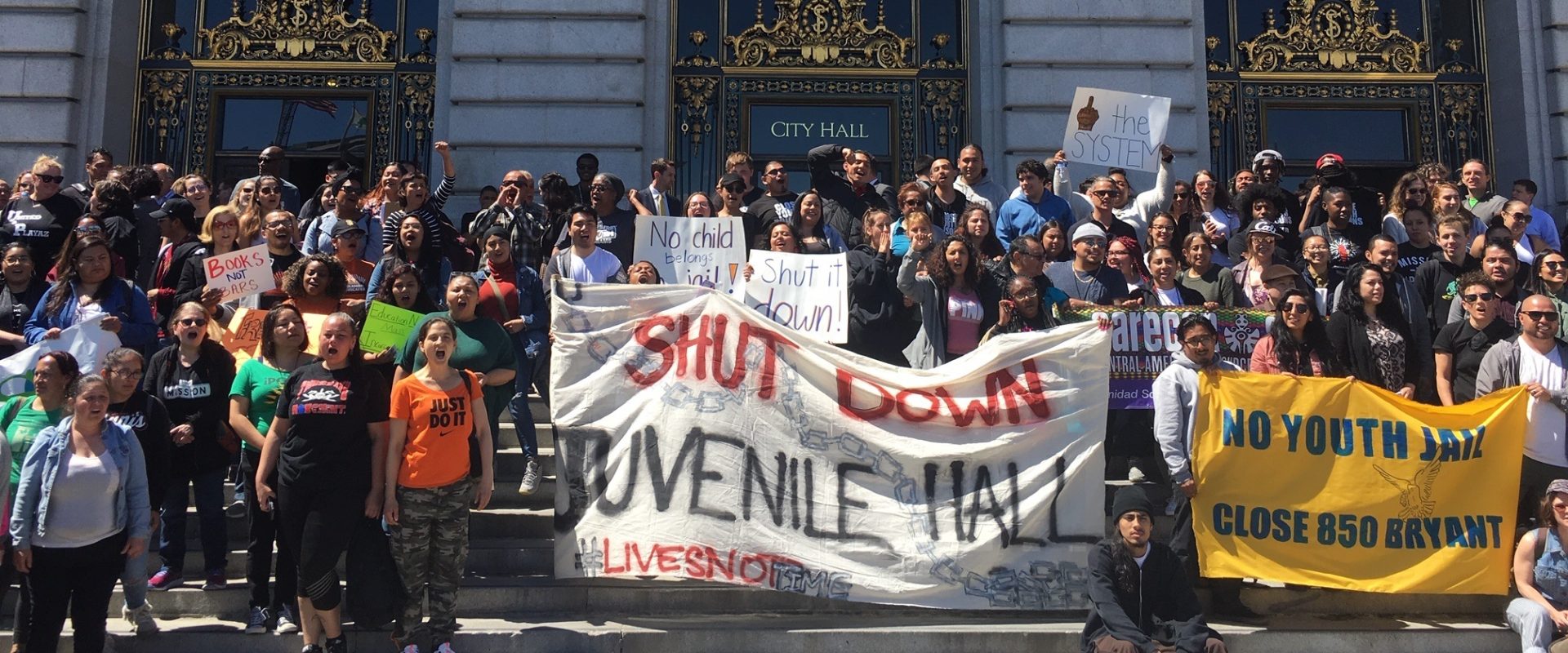Blog Mar 19, 2010
The Effects of Formal Processing of Juveniles
In January 2010, the Campbell Collaboration published a report titled “Formal System Processing of Juveniles: Effects on Delinquency .” This report offers an analysis of the effects of formal processing of juveniles. The debate involving formal processing of juveniles has two components: deterrence and the labeling effect. Proponents argue that formal processing deters juveniles by scaring off low-level offenders. It is also believed formal processing screens high-level offenders allowing…
Blog Mar 17, 2010
The Myth of an “Immigrant Crime Wave, Part II”
My earlier blog focused on long-term California statistics showing Latinos, the most immigration-impacted ethnicity, actually show bigger declines in arrests over the last three decades than do populations dominated by long-term residents, such as Whites. This blog uses national prison statistics to examine another dimension of this issue, with the same conclusion: contrary to popular claims, the U.S. is not suffering a recent immigrant crime wave, legal or illegal, second generation, or…
Blog Mar 13, 2010
Fiscal Savings through Alternative Sentencing
The January 2010 special report from the National Council on Crime and Delinquency (NCCD) titled “The Extravagance of Imprisonment Revisited ” analyzes the cost effectiveness of alternative sentencing nationwide, highlighting California, Texas, New York, and Florida. Although there are numerous alternative sentences for non-serious offenders, this report focuses on four methods: electronic monitoring, reporting programs, drug treatment, and drug courts. The fiscal savings is significant with…
Hundreds of news stories and expert commentaries, with few exceptions, depict juvenile crime as soaring, becoming more violent, and involving ever-younger killers and criminals. Occasionally, youth crime is depicted as declining, but only when interest groups are positioned to take credit. A typical recent news story, “Younger and Twice as Violent ” (see Anderson Cooper 360 ‚” citing the murders of 28 Chicago schoolchildren in the previous year, declared “youth violence is on the rise around…
Blog Mar 12, 2010
The Myth of an “Immigrant Crime Wave”
American Conservative publisher Ron Unz has always taken a refreshingly wonkish approach to public policy. His latest, His-Panic , compares national imprisonment and urban crime rates involving Latinos versus other US populations to challenge “talk TV sensationalists and axe-grinding ideologues who have fallen for a myth of immigrant lawlessness.” Unz’s findings have fueled outrage among anti-immigrant forces. CJCJ has taken a different approach to analyzing crime, but our conclusions…
